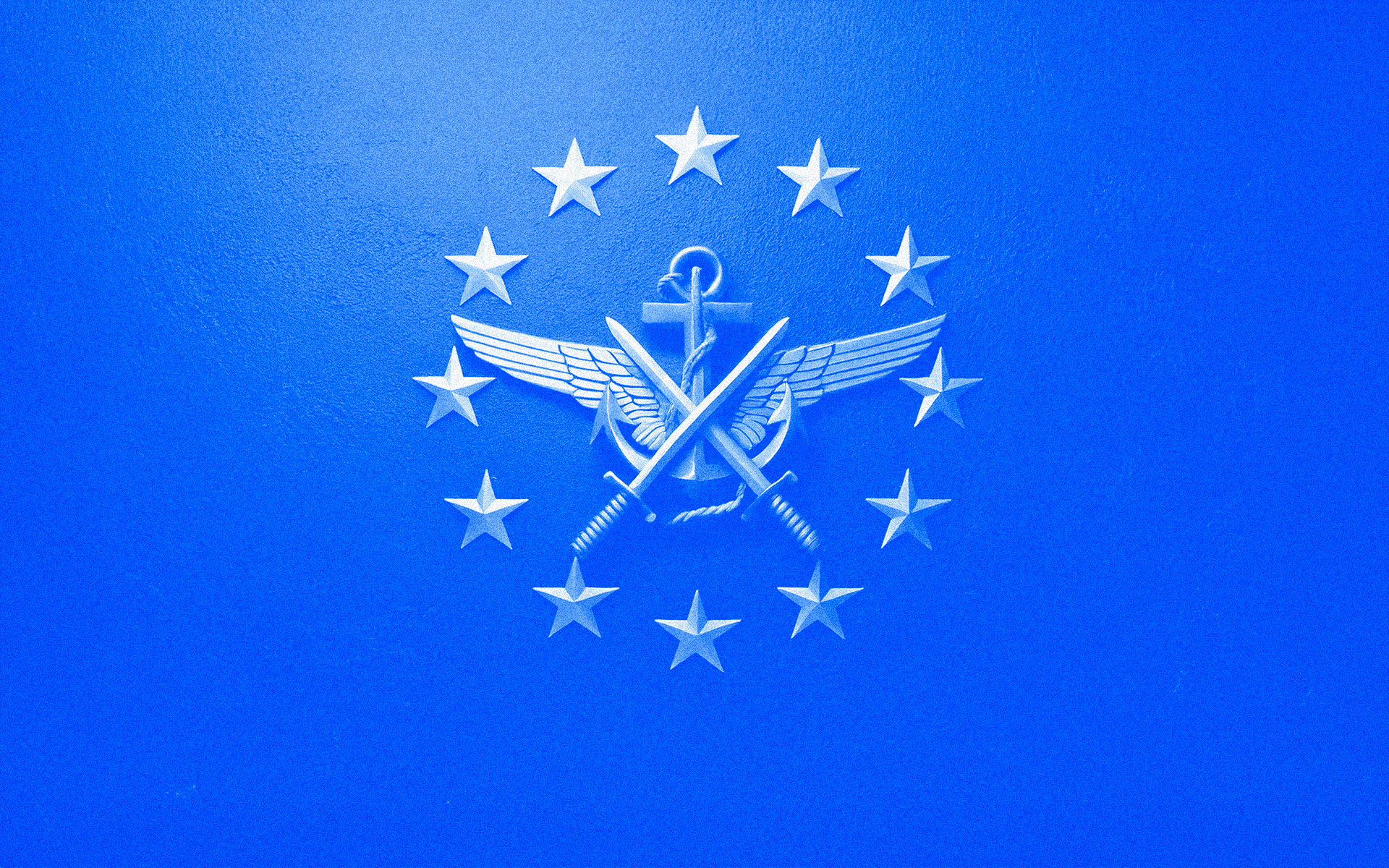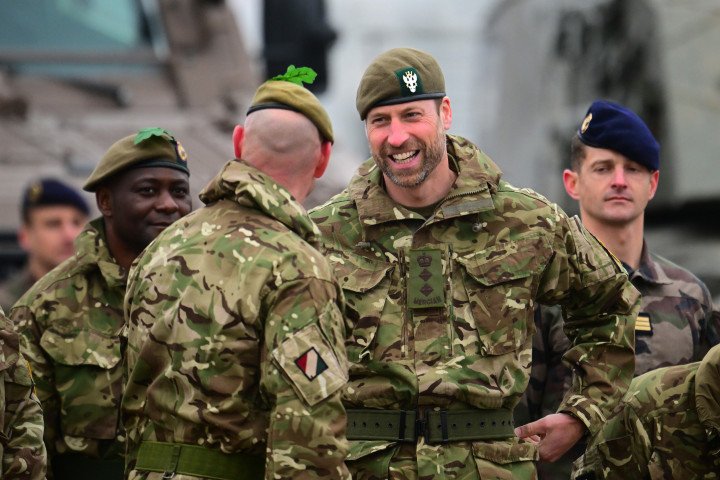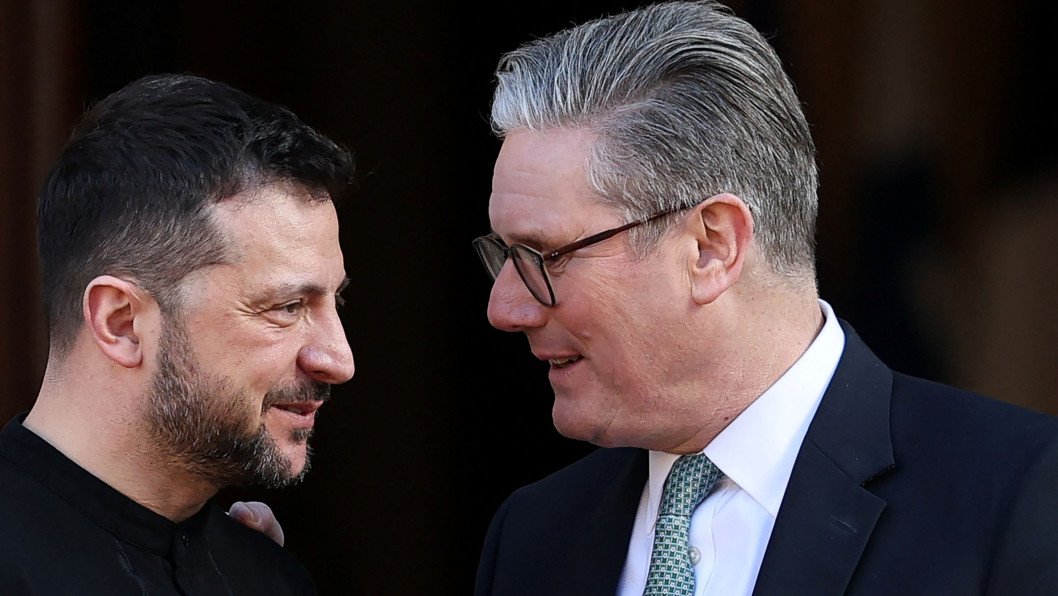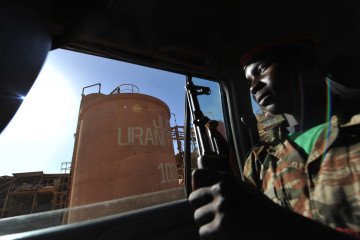- Category
- World
As Europe Rearms, Can the EU Build a Military of Its Own?

With Russia’s war raging, Zelenskyy’s call for an “Armed Forces of Europe” is turning from vision to action. Defense budgets are soaring, nuclear deterrence is on the table, and European leaders are scrambling to strengthen their military might. Can the continent stand on its own?
Ukrainian President Volodymyr Zelenskyy’s vision of a unified European Army is gaining momentum amid Russia’s ongoing war in Ukraine and its hybrid war against the West. Zelenskyy first floated the idea on February 15th at the Munich Security Conference, saying that the time had come for creating an “Armed Forces of Europe.”
Since then, much has happened. US peace envoy Keith Kellogg visited Ukraine. US Secretary of State Marco Rubio met with Ukrainian and Russian delegations in Saudi Arabia and is currently doing so again now for a second round of talks. European leaders traveled to Kyiv to meet with Zelenskyy. Then, Zelenskyy traveled to Washington to meet with US President Trump. European leaders came to Zelenskyy; then Zelenskyy went to European leaders. He flew to London, meeting with UK Prime Minister Keir Starmer, the King of England, and European leaders. All of this—in less than a month.
Looking back, it seems as though Zelenskyy foresaw this flurry of diplomacy when he declared in Munich: “I really believe that time has come. The armed forces of Europe must be created.”
With rising concerns over European security, leaders across the continent are increasingly aligning with Zelenskyy’s call for deeper military cooperation. European powers have stepped up in support of Ukraine, with countries like the United Kingdom, France, Germany, and Poland taking the helm. France, Europe’s only nuclear power, has pledged to use its nuclear deterrence to protect the EU as talks emerge of French President Emmanuel Macron deploying nuclear-capable fighter jets to Germany as a symbol of their commitment.
The new German Chancellor, Freidrich Merz, has said that he fears the US does not care much about Europe’s fate and that his “absolute priority” will be to strengthen Europe as quickly as possible.

Even Europe’s smaller countries are calling for more drastic measures. Lithuania’s Defense Minister Dovilė Šakalienė urged members to step up spending. "When you feel that your own ass is burning, you start to move faster,” said Šakalienė.
All of this culminated in the announcement of an 842 billion dollar investment in defense spending by the EU. The new budget is nearly double that of two years ago. These increases are not just for the EU as a whole but also for domestic defense spending.
Germany has increased its defense budget by 1,3 billion dollars in 2024-2025 and recently passed a huge defense and borrowing package that will supplement it. The United Kingdom has increased its defense budget by 3,8 billion dollars. France increased its defense budget by nearly one billion dollars and, on March 26th, announced a 2 billion dollar military aid package for Ukraine. Italy has increased its defense budget from 3,1 billion dollars to 34,5 billion dollars.
Is a European army feasible?
Poland’s Prime Minister Donald Tusk aptly put it when he said, “Right now, 500 million Europeans are begging 300 million Americans for protection from 140 million Russians who have been unable to overcome 50 million Ukrainians for three years.”
While huge hikes in future defense spending have been announced, the pressing question is: does Europe currently have the manpower, the finances, and the weaponry to create such an army? Seemingly, yes.
Country | Number of Soldiers |
|---|---|
Poland | 216,000 |
France | 204,000 |
United Kingdom | 138,000 |
Italy | 171,000 |
Spain | 117,000 |
Greece | 110,000 |
Having the manpower and the budget to sustain it are all well and good, but operating an army is not just about having the tools, it’s also about knowing how to use them.
@united24media.com No European army is large enough to repel a Russian invasion alone. If united, however, they can not only withstand the aggression but prevail. The figures, based on public reports, are approximate yet compelling. Source: United24 media
♬ original sound - united24media.com
Establishing which countries would be involved in such an army and then agreeing upon a straightforward Command and Control Structure is key. The United Kingdom has said that it would be willing to take on such a role, but at present, no formal agreement has been made though the UK and France appear to be at the helm.
Ukraine’s Foreign Ministry announced on March 21 a list of foreign countries ready to send troops, but did not specify which nations. Many countries have individually expressed readiness to deploy boots to Ukraine in deterrence, support and as part of peace and security guarantees.
Countries that may be willing to send foreign troops to Ukraine
The United Kingdom The UK has been a leading advocate for sending troops to Ukraine and announced it would lead a “Coalition of the Willing” to provide security guarantees for Ukraine. Defence Secretary John Healy said he would support on the battlefield and at the negotiating table, with plans to deploy up to 30,000 European troops to Ukraine. Starmer has also said he is willing to intercept Russian missiles over Ukraine as part of a future peace deal.
France French President Emmanuel Macron said “several European countries,” including European ones, had expressed willingness to join a possible deployment of troops to Ukraine. He added that France could deploy “a few thousand troops.”
Germany In late February, French Finance Minister Éric Lombard said in an interview with Bloomberg that the UK, France, and Germany were ready to send troops to Ukraine to help enforce a ceasefire.
Canada Though not technically European, Canada is another country willing to deploy its troops as part of a peacekeeping force. “Canada is ready and able to contribute to these forces,” Defence Minister Bill Blair announced in early March.
Australia Australia’s Prime Minister Anthony Albanese has said it is “open to consideration” on troop deployment to Ukraine.
Portugal Portugal is considering deploying its military personnel to Ukraine as part of a European peacekeeping mission, contingent upon a ceasefire between the conflicting parties, according to Defense Minister Nuno Melo in an interview. “We are prepared to contribute to a peacekeeping mission in Ukraine, provided there is a cessation of hostilities.”
Ireland Ireland’s Prime Minister Micheál Martin told Zelenskyy he was open to sending its troops to Ukraine to monitor a potential ceasefire.
Lithuania Lithuanian President Gitanas Nausėda said in March, “My country is ready to provide the necessary support.” The President also said in an interview, “We are talking about very concrete numbers of our military troops.”
Türkiye Turkish President Tayyip Erdoğan is open to deploying troops for a potential peacekeeping mission, according to a report published by Bloomberg on February 27. Türkiye has NATO’s second-largest army after the US.
Unlike NATO, which requires approval from all member states, many of which have different strategic goals, the Armed Forces of Europe could be more agile, taking action where NATO cannot. NATO’s response can be slow, even when Russian missile debris lands on alliance territory. A unified European armed force could help Europe act more decisively against Russian aggression without waiting for full NATO consensus.

The news surrounding Ukraine changes every day, yet the concept of the Armed Forces of Europe is only becoming more fortified. As talks of a potential ceasefire emerge, a European Army could soon find itself playing a vital role in monitoring it. While Europe has historically been slow to the draw when it comes to defense, events of the past few weeks have shown what it can do when it sets its mind to it.
-fca37bf6b0e73483220d55f0816978cf.jpeg)
-283d77c1379d612e6f72cf1b6de7dacb.png)
-46f6afa2f66d31ff3df8ea1a8f5524ec.jpg)


-554f0711f15a880af68b2550a739eee4.jpg)

-29a1a43aba23f9bb779a1ac8b98d2121.jpeg)